|
Dawn Szelc LDG Secretary, Clear Blue Landscapes The Landscape Designers Group met at the McLean Community Center to hear two designers talk about their recent projects with rooftop gardens. Lan Hogue from Michael Vergason Landscape Architects spoke about the City Ridge project https://www.vergason.net/city-ridge , a 10-acre mixed use development on the former Fannie Mae campus on Wisconsin Ave in Washington, D.C. The new owner, a Japanese firm Sekisui House, removed some of the newer buildings on the property but retained the oldest building as a historic site. The area features residential and retail properties as well as outdoor public spaces and underground parking. It was designated as a Leed Gold Public Space, which includes rainwater harvesting, bioretention, and the green roof which Lan worked on. Lan described the green roofs that she worked on which were essentially over the parking garage that was developed under the site. They were planted with a “high mow” mix of fescue and other perennials. The mix was 60% hard fescue, 20% creeping fescue, and 20% red fescue. The “high mow” term means that it should be left to grow fairly high, so only mowing once per year. That is not what the maintenance personnel allowed to happen, so she has had to educate the people on how to maintain the garden as intended. There was an area with a 45-degree slope which required the use of a structure to hold the soil and plants. One area tended to be used for construction traffic and had become very compacted so had to be redone as the plants were not growing well. There was a discussion during the meeting about the best native grass to use on such a site, and one member offered that native Carex is a good choice. It can handle shade, flops over nicely and develops into a nicely filled area. Lan also discussed the three heritage trees, Pin Oak and Willow Oak, which were growing on the site, and were painstakingly relocated onsite by a tree moving company. She also commented on the value of a product called Instant Hedge from Oregon. They provide mature hedges conveniently packaged for installation. The second speaker was Tomi Landis, from Landis Architects, who presented a residential rooftop garden in Washington DC. The garden consisted of different spaces including an outdoor kitchen, seating area, and contemporary water feature. All the elements had to be carried to the roof using a crane situated on the street in a specific time frame dictated by the city. Permitting was difficult because the garden was not allowed to be seen from the street. Additional visual barriers were used in certain directions. She found that the water feature had a lovely sound but created too much splash so that needed some adjustments. The lighting was designed and installed by our own Olsen-Weaver lighting, and the irrigation was completed by Outdoor Illumination. There were numerous planters used with polystyrene peanuts at the bottom and a soil mix consisting of soil, sand, and compost. These were from the Jay Scotts Collection as well as custom built. The plants were installed by Great American Landscapes, with annuals by Julie Friedman, another LDG member. The garden elements were installed upon a new deck which used Moisture Shield composite decking material which is marketed as 33% cooler than other completing composites. There was a large umbrella over the seating area which caught the audience’s eye. Tomi said this was from Treasure Garden. It was 16 ft across and weighed 200 lbs. but was very easy to move around. She thought that the catalog company, Frontgate, had similar types of umbrellas. For some additional photos and gallery of work see the link.
https://www.landisconstruction.com/our-portfolio/downtown-dc-roof-deck/
0 Comments
Dawn Szelc and Clara Aleman, LDG Co-Secretaries The Landscape Designer’s Group met February 26, 2020, at the McLean Library. Our lecturer Sam Droege of the USGS Patuxent Wildlife Research Center ([email protected]) provided a fascinating discussion on native bees.
Sam discussed a number of areas where new species of bees have been discovered recently. At the Mt Cuba Center seven species have been found of specific flowers. Sandy spots are good places to look for bees because many live in the sand such as at Jug Bay, MD where new species have been found that new names had to be created for them. On Assateague Island 5 species have been found that are only found there. In Baltimore, 19 species with 11 that are not native were found. Types of bees:
Sam’s Favorite Plants
Sam’s Slogans
March: meeting location TBD April 18 Kennedy Center the REACH 10am May 9 georgetowngardenclub.dc.org for tickets …O and 31st Street June 16 Alonso Abiganes Capital Naturalist. Alexandria. Meadow Walk at Dusk LDG and APLD joined forces in January to network and screen the documentary movie about Piet Oudolf. We had a wonderful turn out with over 60 members and guests enjoying the time together!
We started our time with both organizations offering help with online profile settings for the two organizations websites. Molly Scott, President of the DCMDVA chapter, https://dcmdva-apld.org/ and Julie Hawley, President of LDG, both encourage our members to update their member profiles and include photos of yourself and your projects. This online tool is very helpful to the public in searching for designers. Please update today! Barbara Katz, LDG member and accomplished designer, graciously opened our film with a personal introduction of Piet Oudolf. She had the pleasure of working with Piet at the Delaware Botanic Gardens. The film is still touring the country, check out additional screenings at https://www.fiveseasonsmovie.com/screenings/. Below are some of her comments. Thomas Piper, an award-winning film maker, completed a documentary on New York’s High Line in 2012. During that time, he met the designer and plantsman, Piet Oudolf..... and here we pause to learn the correct pronunciation of his name - pinch yourself - OW !!!..... Thomas was so impressed with Piet, the idea for a new project was born. This documentary immerses viewers in Oudolf’s work and takes us inside his creative process, from his beautifully abstract sketches, to his theories on beauty and the ecological implications of his inspirational ideas. Piet Oudolf has radically redefined what gardens can be. As Rick Darke, the famous botanist, says to Piet in the film, “your work teaches us to see, what we have been unable to see.” Through poetic cinematography and unique access, FIVE SEASONS gets inside Piet's head and takes us on a slow, meditative and melodic journey that reveals the magic and genius of Piet's gardens. Super briefly, I brought Piet to a project in Delaware, the brand new Delaware Botanic Gardens .... some of you have been there. It was an extraordinary priviledge to work closely with him, while sourcing the required 65,000 plants for his 2 acre meadow, and while implementing the meadow in 3 phases. The depth and breadth of Piet's plant knowledge is truly awe-inspiring, and I learned so much. After you see the film, I think you will feel, like you too have come to know him just a little bit. So sit back, relax and revel in this gentle and evocative film, that helps reveal the essence of Piet Oudolf. Special thanks to APLD for joining us! Dawn Szelc LDG Co-Secretary, Clear Blue Landscapes The November meeting of LDG bought us to Arlington on the night of a full moon for a lighting tour. It was quite magical as your can see from the picture above! Olson Weaver Lighting Design & Install hosted the discussion of a recent project with homeowner Betsy. Betsy had completed a very large landscape design project at her Arlington home. The landscape was the work of Brendan Doyle, President of PLANTERRA Landscape Design, and Shorb Landscaping. Betsy wanted a native garden that was not messy. She also developed a love for birding and wanted to make sure that birds would be visiting her garden. With a sloped yard, high in the back and low in the front, hardscaping created separate areas for different types of plants, including a small rain garden and a sunny meadow. The site had a number of drainage issues, so Betsy also incorporated rain barrels to collect the rain water off the roof and bayscaping. Bayscapes are environmentally sound landscapes benefiting people, wildlife and water conservation by advocating a "holistic" approach through principles inspired by the relationships found in the natural world. Water-wise landscaping is a big part of it. Betsy installed the plants in early September 2019, so they had not had much chance to mature when we were there. Some of the points of interest, besides a large selection of natives, include a Hornbeam hedge, a white Cercis canadensis, and a large stone frog. Thanks to the homeowner and Olsen Weaver Lighting for the tour.
Afterward the LDG membership met at La Ferme Restaurant in Bethesda for a Savory Tasting dinner with drinks. Our Annual Meeting was held including the new year's officer’s election. A festive celebration of another year of Landscape Programs for LDG! Dawn Szelc LDG Secretary, Clear Blue Landscapes On this brilliant fall morning over 60 people (from the Landscape Designers Group, Master Gardeners, Trees Stewards, National Park Service and other organizations) had an inspirational and informative visit to Arlington Woods, a remnant stand of Mid-Atlantic Mesic, Mixed-Hardwood Forest adjacent to Arlington National Cemetery. 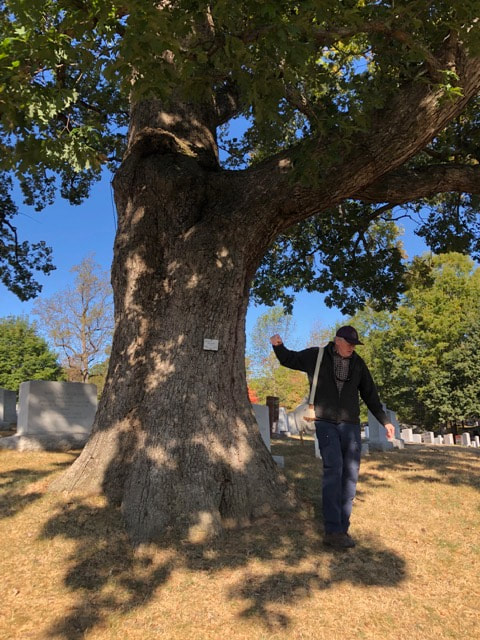 The tour was led by Rod Simmons, Natural Resource Manager/Plant Ecologist who highlighted unique features of this “old age forest” that once covered the uplands and hillside of property owned by George Washington Parke Custis. Rod described features of the Chestnut Oak and Oak Heath Forest communities found on the upper areas of the property, and Acid Oak Hickory in the ravines and lower benches. Rod further clarified that “old age forests” are ones established post-colonial settlement, (such those as seen at Monticello or Chapman Forest) in contrast with “old growth forests” more common in the west which remain intact due to their more remote or inaccessible locations Evidence of the current drought was seen, even in the larger oak and hickory trees. Rod cautioned against the removal of stressed trees until next year and encouraged evaluating them in late spring. Rod also noted that American Ash saplings were abundant despite deer browse and the loss of larger trees killed by the Emerald Ash borer and suggested prudent use of benzodiazepine injections in larger saplings to enhance pest resistance. He also highlighted the excellent work that the National Park Service does with environmental planning and projects, including recent stream and stormwater conveyance work seen onsite. Rod’s amazing breath of knowledge and keen powers of observation were further evidenced by his description of an artifact found on site and carefully replaced where found. Once again, the beauty and complexity of our native forests were an inspiration to all! A bio for Rod:
“Rod Simmons is the Plant Ecologist for the City of Alexandria, a member of the Virginia Botanical Associates (a nonprofit scientific organization dedicated to the study of Virginia’s flora), a board member of the Virginia Native Plant Society, and Botany Chair of the Maryland Native Plant Society. A life-long resident of northern Virginia, Rod has an encyclopedic command of the local flora.” https://armn.org/2012/12/19/rod-simmons-on-ecological-restoration/ An interesting description of the area written by Rod Simmons: ArlingtonWoods Through The AgesPDF.pdf Thank you to the groups that joined us that day:
by Clara Aleman, RLA, ASLA
Why is her new book titled Deer-Resistant Design? Well, as she so simply stated, and bears repeating, because “good design is more important than ever.” Karen found that many home owners with deer in their yard, tend to come for garden advice only after many failed attempts that took up time, effort and money. In her new book, she offers homeowners that share their yard with deer to - start with a plan – a plan that includes deer as part of the garden experience. She offered 8 key design principles for a deer-resistant garden. 1. Establish the hardscape. Think about shapes, materials, sight lines to create a sense of order. 2. Non-edible focal points (water features, containers, structures) – distract and re-focus attention. 3. Color palette – Be strategic and create a sense of unity and order. 4. Varying textures and heights of plants – easier to “hide” minor damage than a sheared hedge. 5. Foliage framework – taste testing less obvious than if lower buds are nipped off. 6. Plant selection – focus on deer resistant plants (levels A and B) and think in combinations. 7. Avoid monoculture – because you KNOW the deer will have to taste it…. 8. Barriers – re-route and/or protect with sprays, temporary fencing etc. (Important for year round browsing as well as fall rutting/antlering). I don't want to give much more away, because I highly recommend you READ THE BOOK! And, please check out her website ... for lots of happy reading! LDG members thoroughly enjoyed a tour of Glenstone “a place that seamlessly integrates art, architecture, and landscape into a serene and contemplative environment.” https://www.glenstone.org/. Paul Tukey, Chief Sustainability Officer, was our guide through the landscape. Here is a snapshot of our tour: 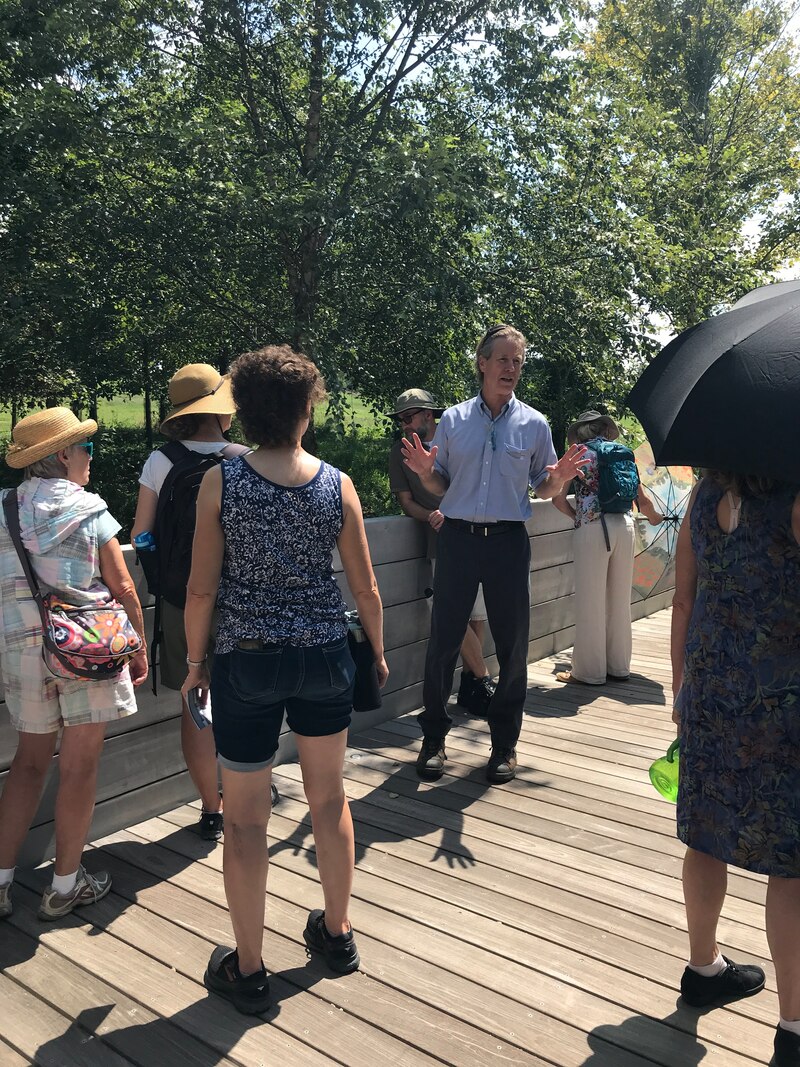 Clara Aleman, RLA, ASLA Oh! The gardens we saw! Not ONE, not TWO, but THREE gardens! One... The Marshall House in Leesburg, Virginia Two... Watermark Woods Native Plants Nursery Three... Ashburn Village pollinator gardens On Saturday, June 1st, our LDG team came together with APLD and celebrated Spring with a morning of garden visits. 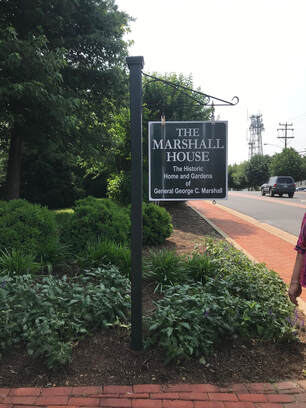 ONE… The morning started at the historic Marshall House in Leesburg, where we met for a light breakfast and a lecture from Leslie Solitario, landscape architect with River's Edge Landscaping on the history of the house, it's owners, and the garden. Afterwards, Leslie graciously headed a tour of the house grounds. The Marshall House, a Federal style house was built in the 1920s. For approximately two of decades (1942-1959), George C. Marshall and his family made it their home. Hence, why we now know it as the Marshall House. In the 80s, the house fell under harsh times until a non-for-profit made it their mission to restore the home and by 1996 the house received National Historic Designation. Currently, this simple, yet elegant home is entirely supported by volunteers who donate time and money.
THREE… off we went to Ashburn Village to see the award-winning native gardens of designer and podcaster John Magee. In 2016, the Ashburn Village Board decided to do pollinator gardens around their lake. After a failed attempt, the board brought in John Magee, an expert in native landscaping. John's concept includes 5 organically elongated shaped planting beds. These native planting beds are now going on their second year of installation.
,John left us with one very important piece of information. He says that most people think that native planting are low maintenance. Rather their importance is part of a much larger ecological conversation. So, if we are serious about being stewards of our environment, we need to do the right thing! These are a few of his favorite native pollinator plants.
Blackeyed Susan - Rudbeckia maxima Blue Stem – Andropogon geradii Coneflower - Echinacea cordatus Elderberry – Sambucus nigra Flowering Spurge - Euphorbia corollata Fox Sage – Carex vulpinoidea Goldenrod - Solidago rugosa ‘Fireworks’ Wild Quinine - Parthenium integrifolium Dawn Szelc, LDG Secretary, Clear Blue Landscapes May’s tour took us first to Derwood, MD to see a beautiful May 2018 installation to control storm water in a neighborhood common area. The area is about 3000 sq ft and connects to Crabbs Branch Stream valley. The design was done by LDG member Darlene Robbins. The Derwood Station #2 HOA had an original design which was completed earlier by another firm and she then reworked. Darlene created a meandering flow with shrubs and rocks at the curves to direct and slow the flow of water as well as promote infiltration. The project was funded by the Chesapeake Bay Trust – Montgomery County Watershed and Restoration Outreach grant to the Rock Creek Conservancy for $85,000. The installation was completed by J & G Landscaping. Darlene had multiple engineers review her design including Rebecca Stack from Design Green and Chris Sonne. At the top of the area, the storm water from the neighborhood is funneled from a large pipe into the common area. Darlene created a large “well” in this location filled with rock to first catch the water before it flows towards the stream. She used jute netting along the flow to anchor the plants during large rain events. This will biodegrade over time as the plants become larger and more established. She also used landscape fabric under the rocks to keep the dirt from being washed away. She also used “matrix planting” as defined by Thomas Rainer and Claudia West, where she created several modules of multiple plants and then repeated the modules over and over to create a planned but visually random design. In all Darlene used 50 tons of stone and 3000 native plants. Part of the design is a trial study of underplanting with green mulch. Darlene chose 4 different plants to test over time: Salvia lurata ‘Purple Knockout’ (although she did not request this cultivar it is what was planted), Carex radiata, Juncas tenuis, and Waldsteinia ternate. The project has received Honorable Mention in the 2019 Best Urban BMP in the Bay Awards (BUBBA) in the habitat creation category. The next property at 9008 Rosemont Dr in Gaithersburg, was a design by LDG member Toni Bailey. She designed both a green roof and a native planting bed with a cistern to collect rainwater off the roof of the Epworth United Methodist Church. The green roof was created using sedum modules from Live Roof and installed by Gordon Construction. Toni requested that a structural engineer review the weight that would be installed and found that reinforcement was required. This work was funded by a $50,000 grant from the Muddy Branch Alliance. The planting bed along one part of the church wall includes all native trees, shrubs, perennials, and grasses. The cistern is from Aqua Barrel, a company which has now moved to Georgia. There is a switch to divert the water away from the cistern in winter so that it does not freeze inside the container. The third property, 214 Tulip Dr in Gaithersburg, was at a private home and funded by the Green Streets grant of the Isaac Walton League. Toni did the site assessment and designed a Master Plan with rain gardens and sustainable landscaping. Only part of the design has been implemented. She did the backyard installation including a rain garden with dry creek bed and native plants such as Baptisia, turtlehead, penstemon, and native creeping phlox. The final property, at 114 Woodland Dr in Gaithersburg, was a beautiful front yard installation. The owner was very involved in this design plan and is an avid gardener. The planting plan is a mix of native shrubs and perennials, among some existing mature trees. Shrubs included Thuja occidentalis ‘Little Giant’ and Winterberry. There were many Foam flowers and Hay-scented ferns. Other plants included Solidago shuitii ‘Solar Cascade’ Jacobs Ladder, Woodland phlox, Blue wood sedge, Silene carolinia, and wood fern. It was a beautiful and inviting front yard. Thanks to the designer's for showing us their excellent work and to the homeowners for allowing us to view their properties!
Dawn Szelc, LDG Secretary Clear Blue Landscapes The March meeting of the LDG was on ponds as water features in the landscape. We had 5 speakers from different companies in the area with expertise in pond design, construction, and management. John Magee, of Magee Design (www.johnmagee.com), has expertise in vernal ponds. Besides landscape design, John has a pod cast called The Native Plant Podcast. In Broadlands, VA he did a boardwalk in a storm water area. It is planted with native plants. He discussed the most common invasive that he sees in these areas, which is miscanthus grass, so emphasized not to use this plant. As a side he also mentioned that there is an 8-foot layer of cigarette butts at the bottom of the Chesapeake Bay! John worked with Alonzo Avogadas, Capital Naturalist and Natural Resource Manager for Arlington Parks, at the Barcroft Park near Four Mile Run. This park has a magnolia bog with many Sweet Bay Magnolia growing naturally there. These trees are semi-evergreen and like moisture. Alonzo creates a temporary pool to support the amphibians’ life cycle. He uses a product called a Quick dam that absorbs water and create a damming effect to collect the rain water in the spring. These vernal pools support the life cycle of wood frogs, spring peepers, and later toads. They tend to be acidic. He discussed that if you have a pond or pool in a landscape, he does not recommend stocking it with koi as they will eat any and all frog or amphibian eggs laid there. He has also noticed that his own pond had many dragon flies when there were not koi resident in it. He also recommends having minnow for controlling algae. John loves pitcher plants which also grow in very wet areas. They are native to northern Michigan and New Hampshire. He showed photos of the Powhatan School in Boyce, VA where they had developed rain gardens. Some of the plants used there include Pawpaw, Hibiscus, Elderberry, Closed gentian, Joe Pye Weed, Cardinal flower, Itea virginica, Fothergilla, Fringe tree, and Cut plant. The next speaker was Don Jump from Harmony Ponds. Don discussed that they do design, construction, maintenance, and repair of any and all types of water features including ponds, fountains, lakes, and waterfalls. Kristen Weaver and Tara Sutton from DC Ponds, LLC are two sisters who have developed a business cleaning and maintaining ponds. They showed many before and after photos of the types of ponds that they have experience draining cleaning and then restoring to function and beauty. It is a very labor intensive job that they love. Lastly, Stephen Koza spoke. He is President of Tropic bay Water Gardens in Davidsonville, MD. His is the largest aquatic garden center on the east coast, and he is a koi specialist. He has green houses that are just for fish sales and has many unusual and special varieties of fish that he hand-selects during visits abroad. His store includes a large selection of backyard art and pottery. Stephen recommends UV sterilizers for better water quality and says the key to a well-maintained pond is filtration. He discussed the trick to keep herons out of your pond and eating the fish is to make the walls at least 3 feet high with straight edges. They are not able to get in to eat the fish. Our final presentation was to bring all the speakers back for a question and answer panel session. LDG President Julie Hawley asked how to begin creating a pond – what materials are used, etc?
All in all the entire evening was very informative and we thank all the speakers for their contributions.
|
AuthorsLDG is a non-profit corporation dedicated to the exchange and enhancement of knowledge relevant to the landscape design profession. We are a group of professional designers in the metropolitan Washington, DC area. Membership is meant for students studying and professionals employed in landscape design or associated professions (i.e. arborists, installers, contractors, etc.). Archives
October 2023
CategoriesPast Newsletters can be found in the Members Only Section of the LDG Membership Connection. You must sign in to view these files.
Past Newsletters |
|
Search for a Landscape Designer in Your Area:
|

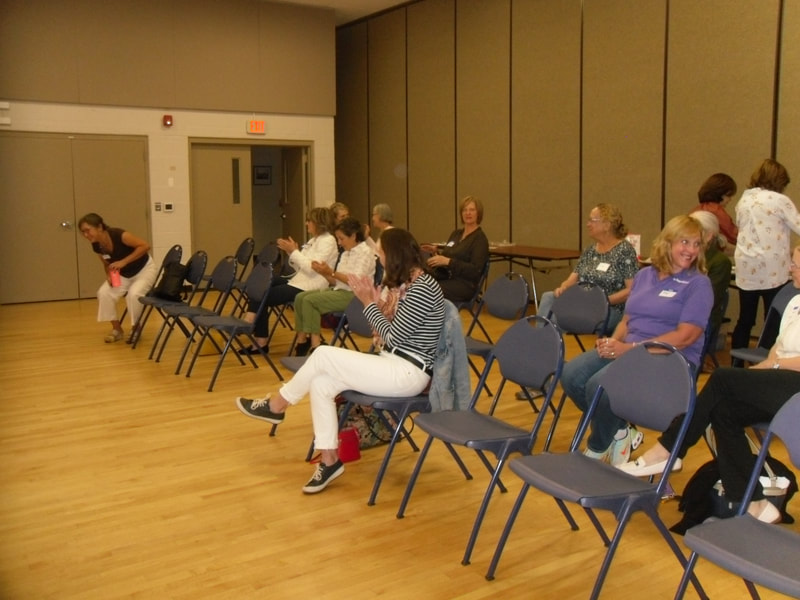
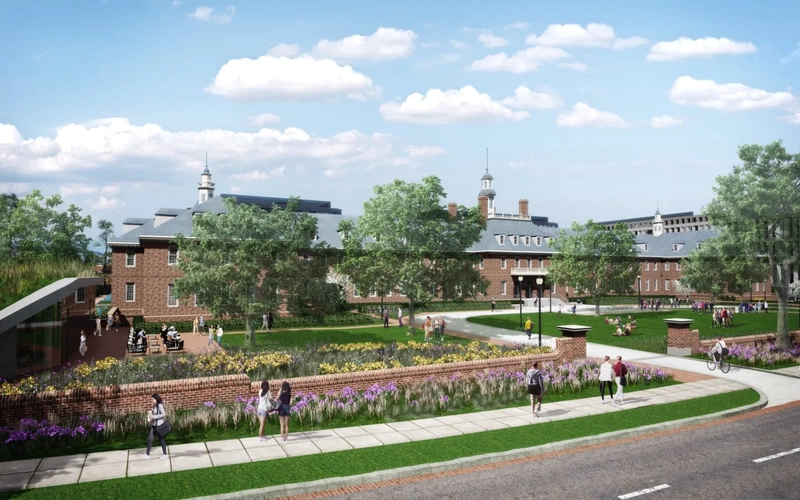
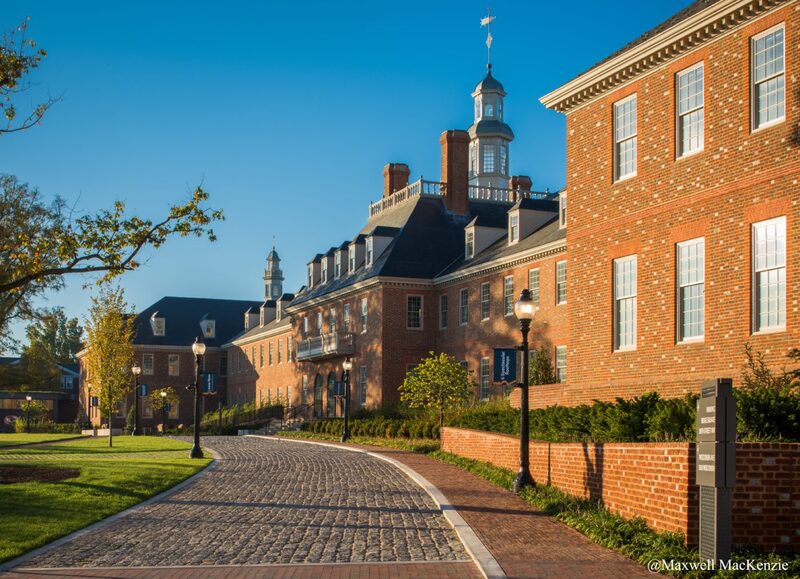

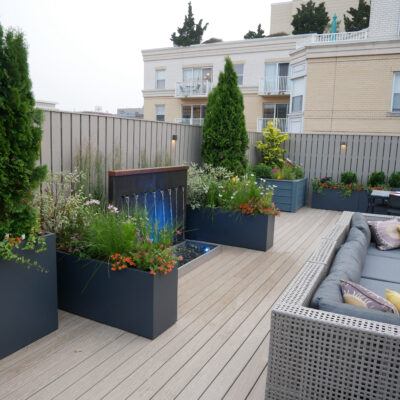
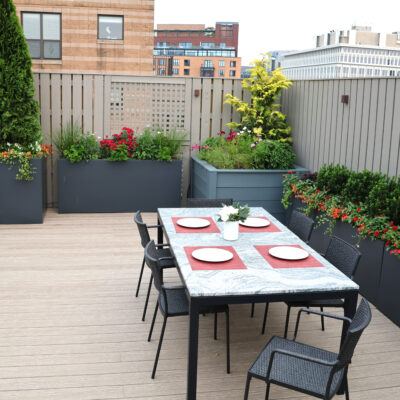
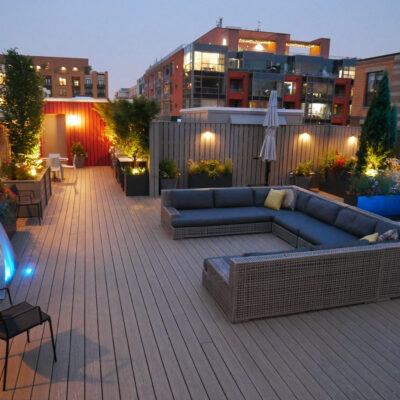
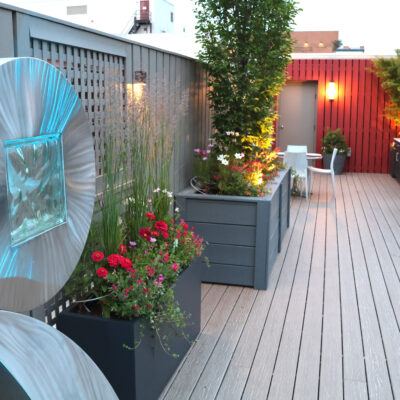
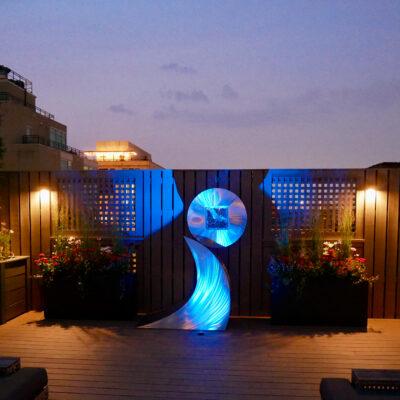
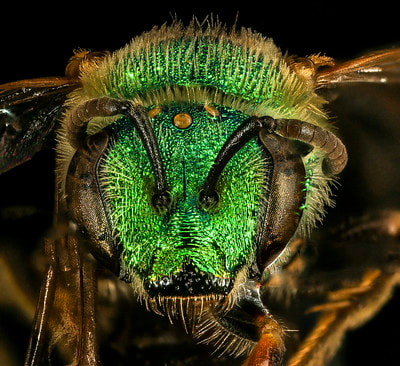
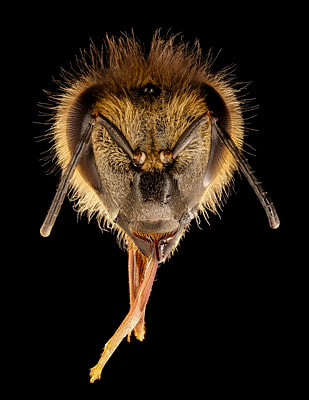
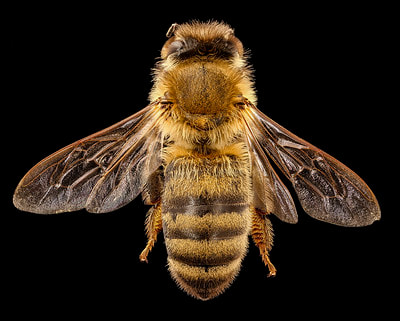
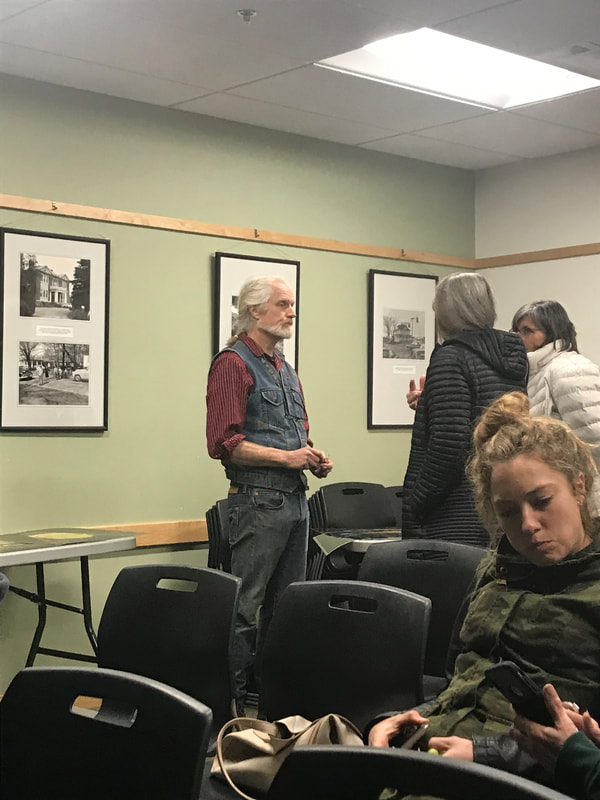
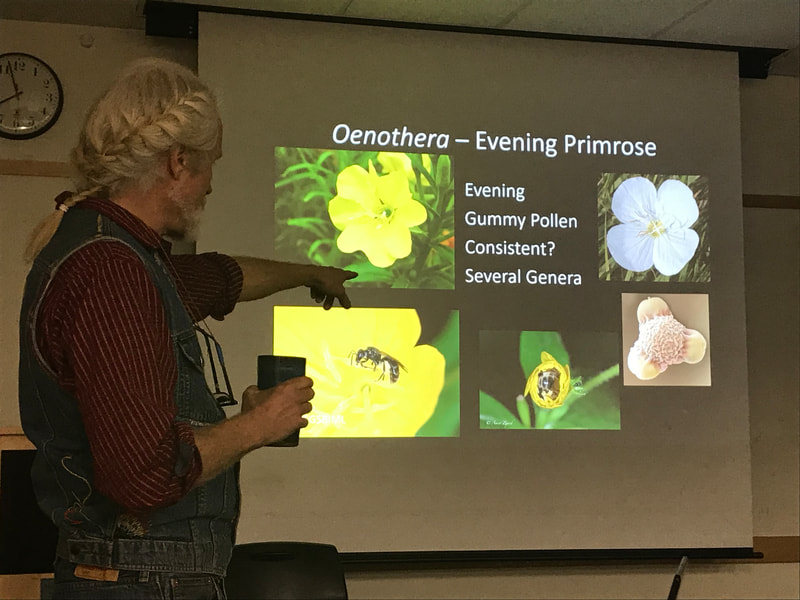
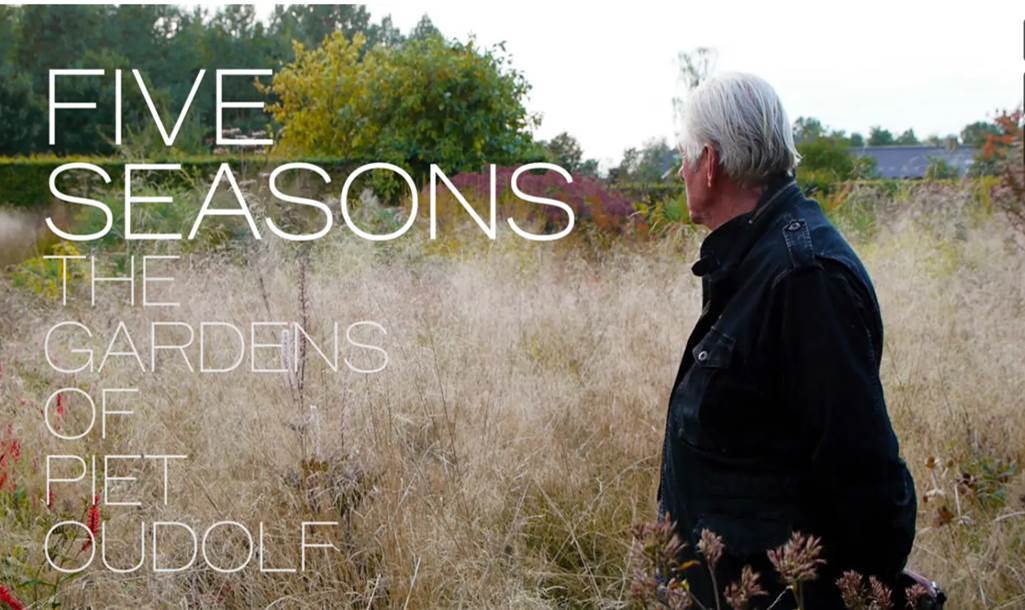
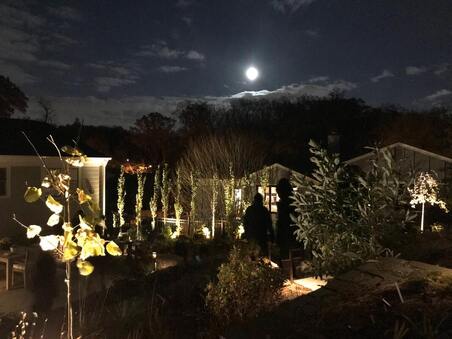
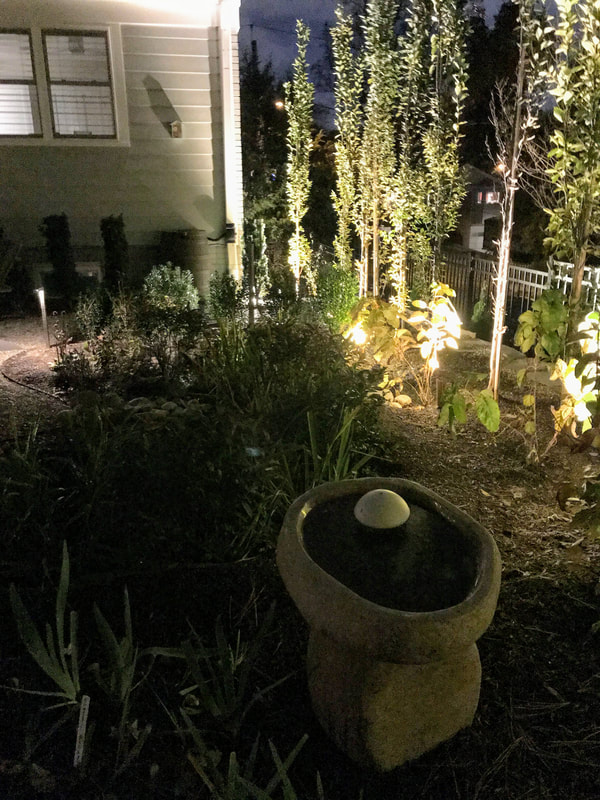
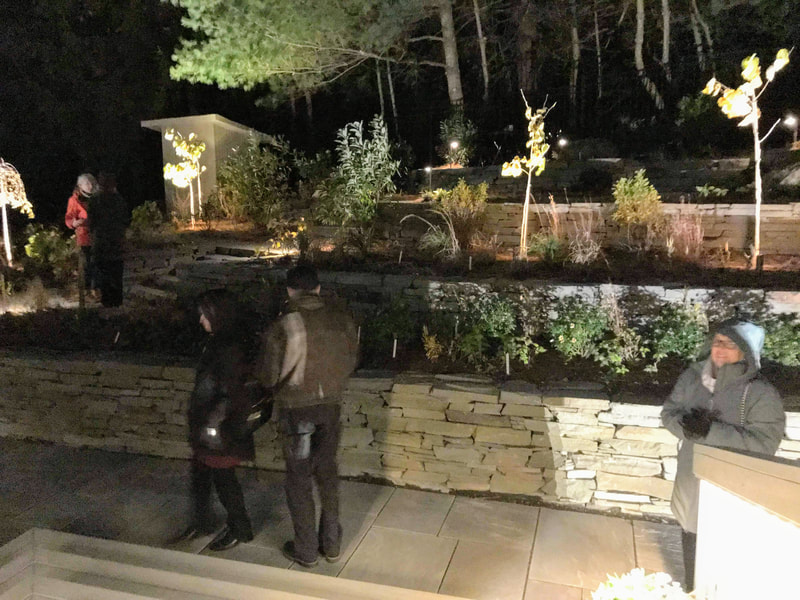
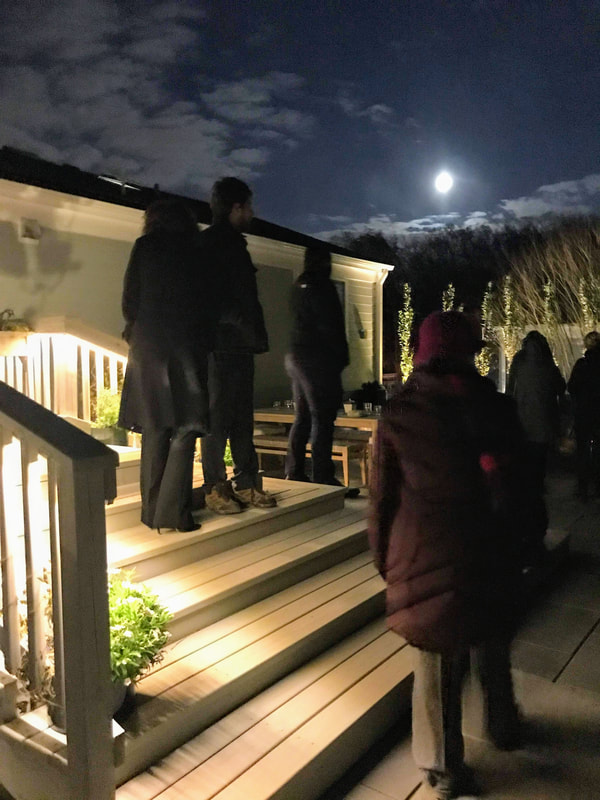
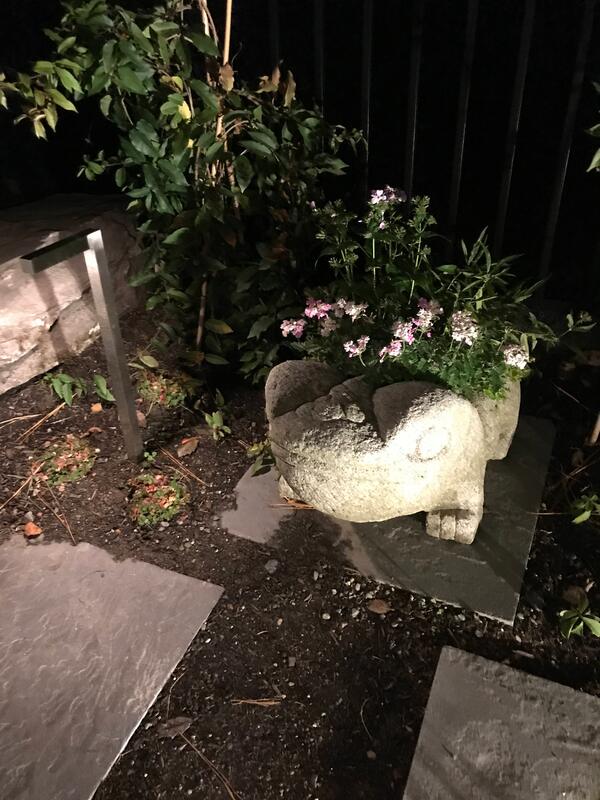
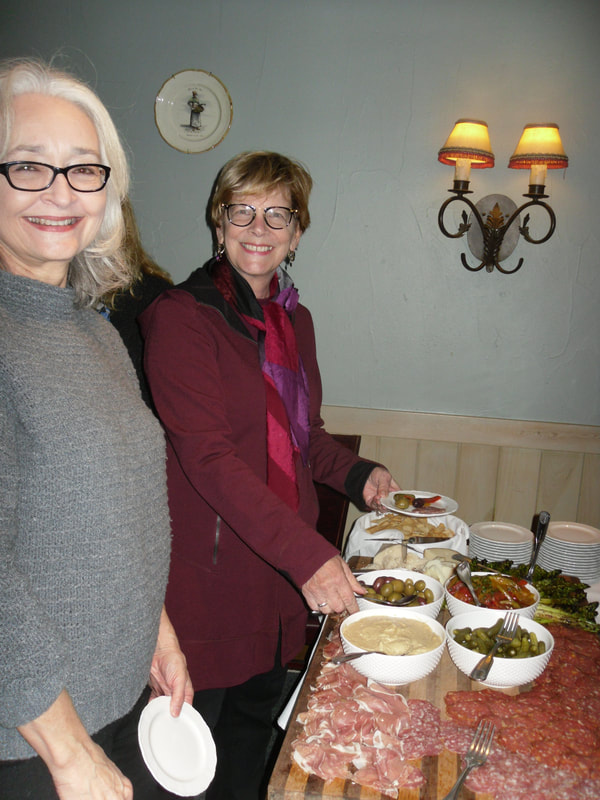
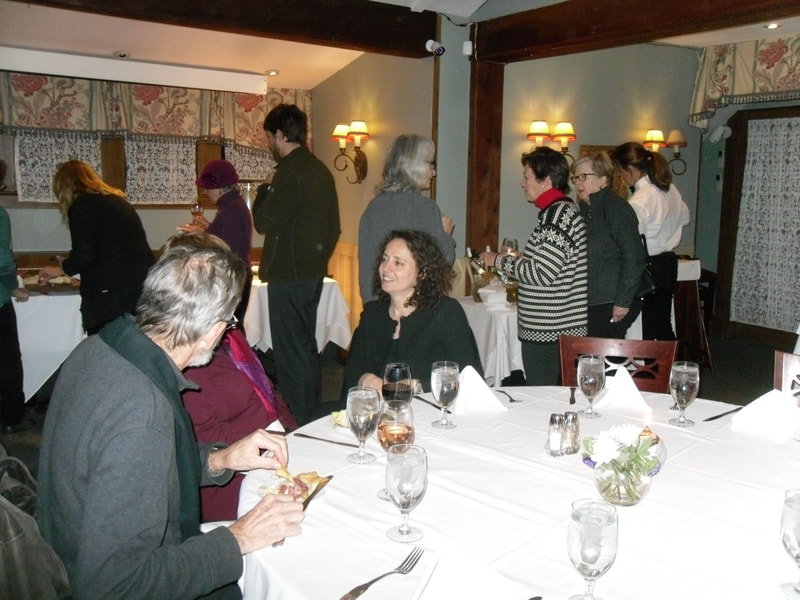
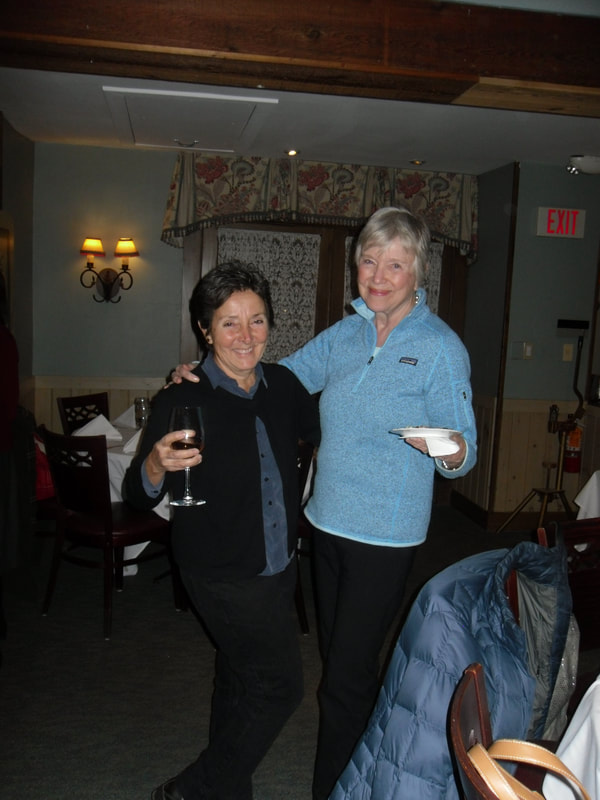
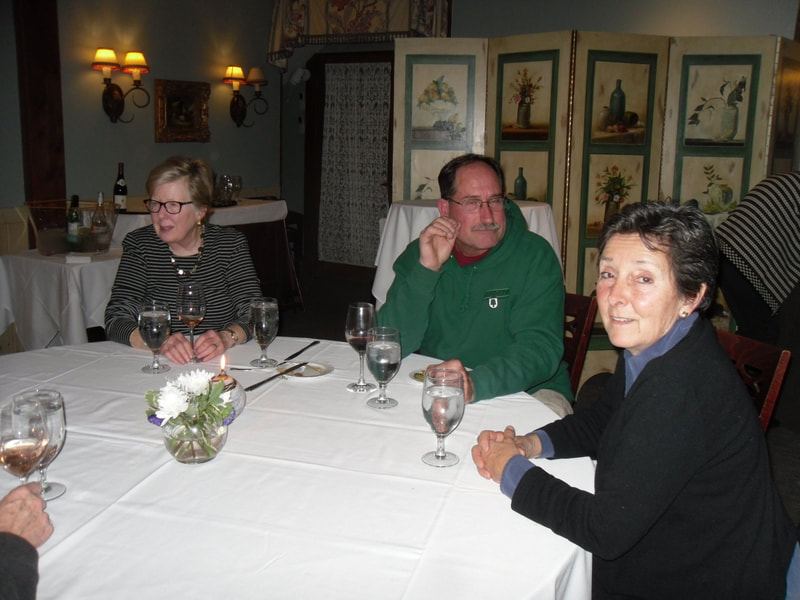
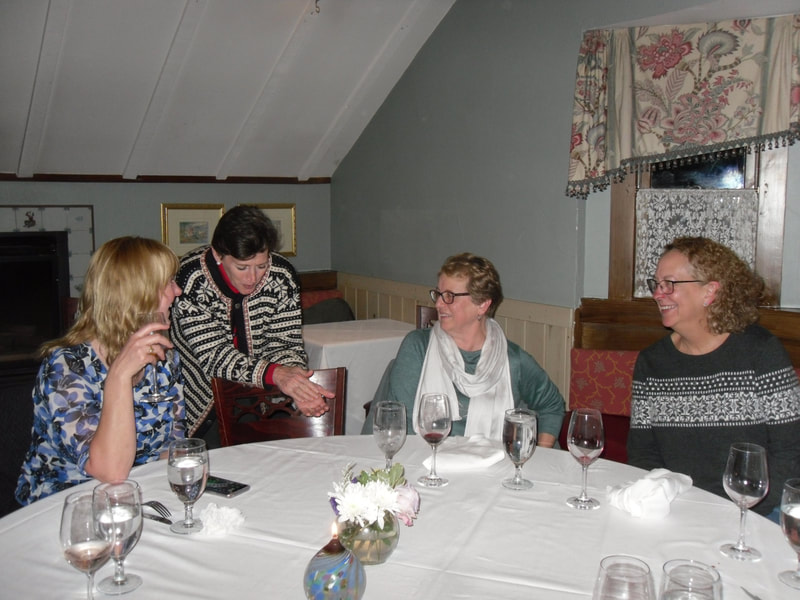
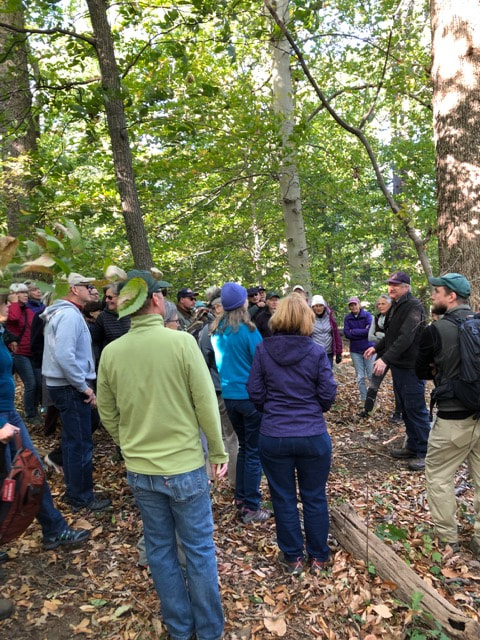
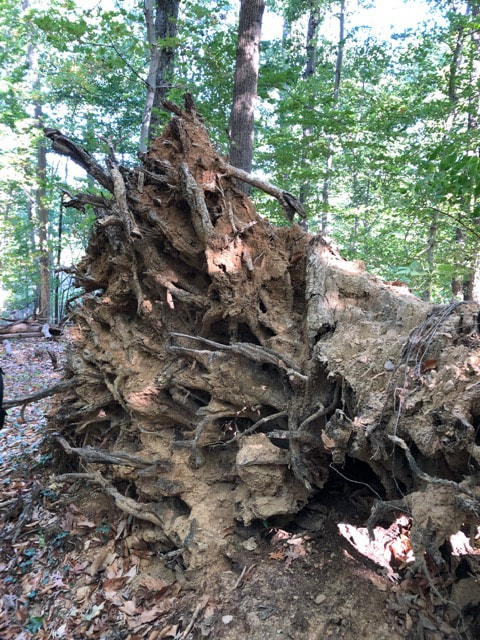
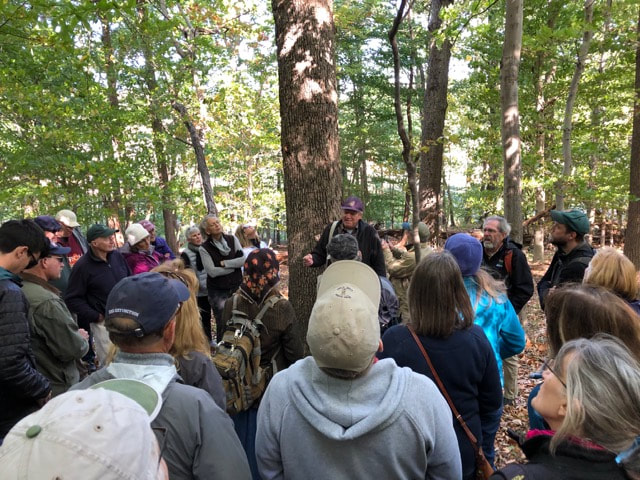
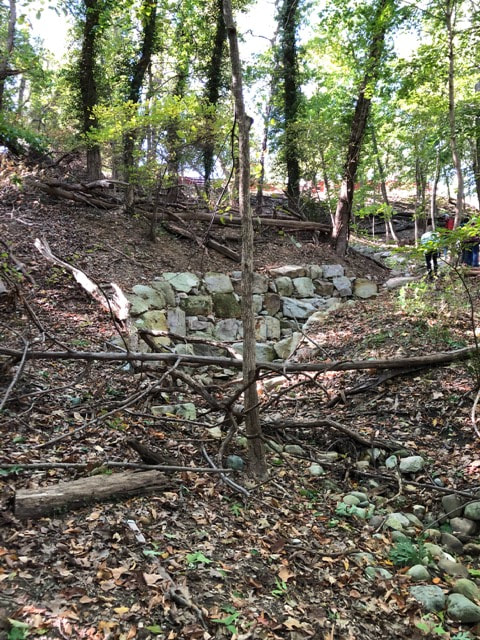
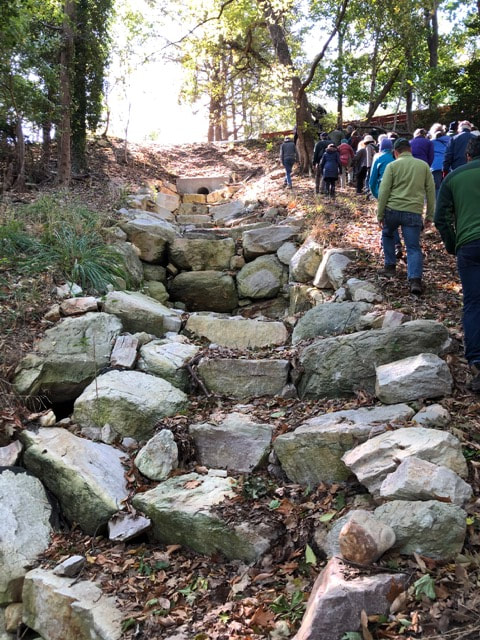
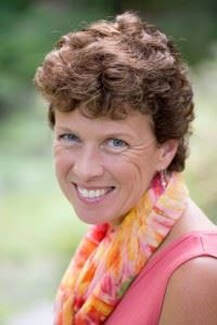
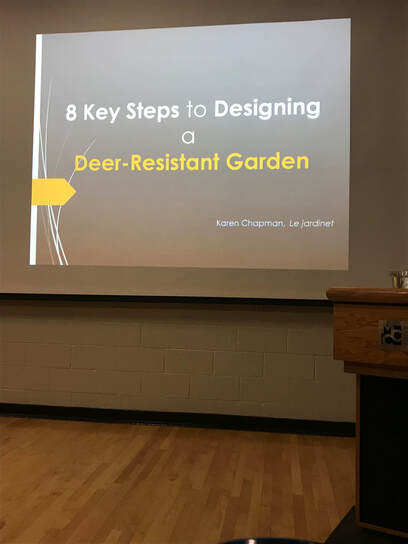
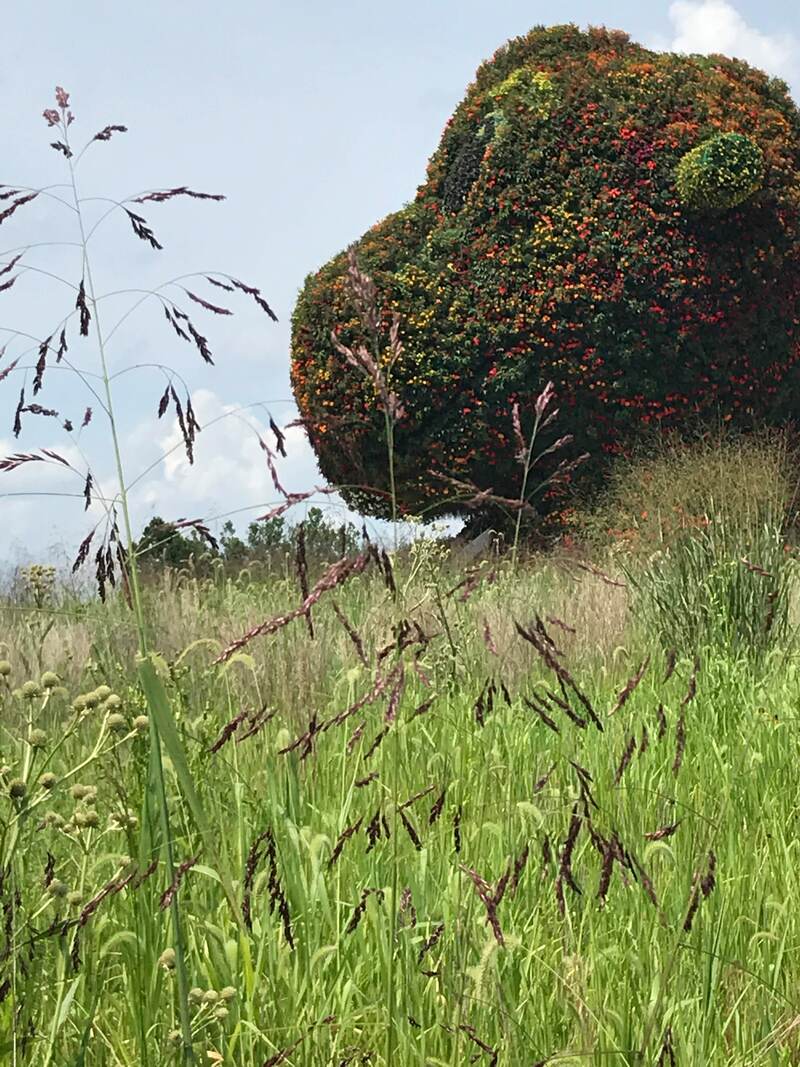
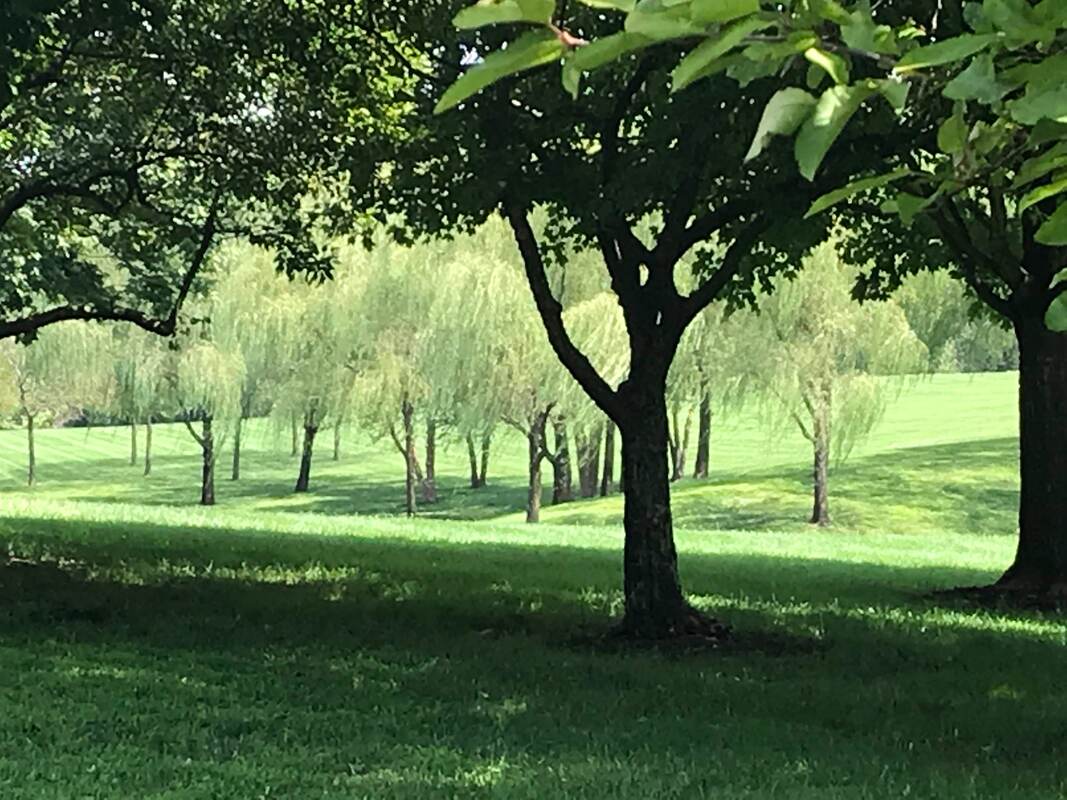
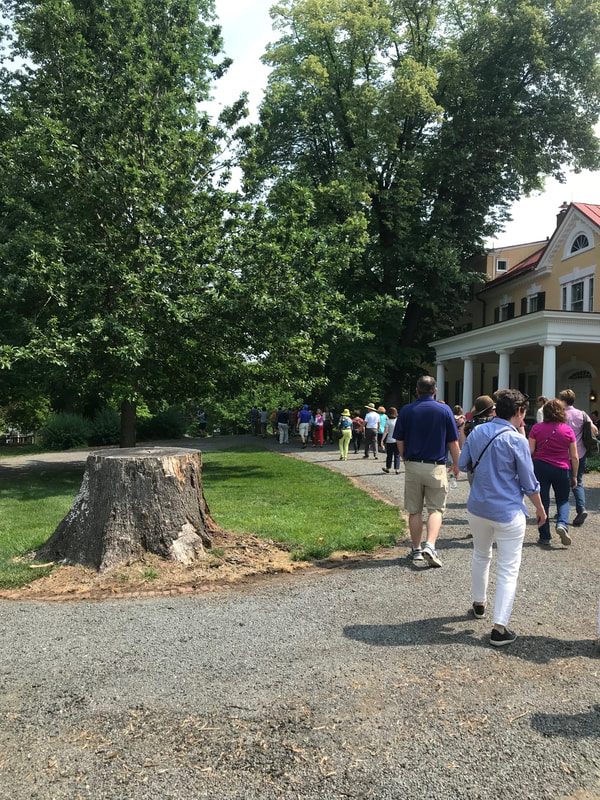
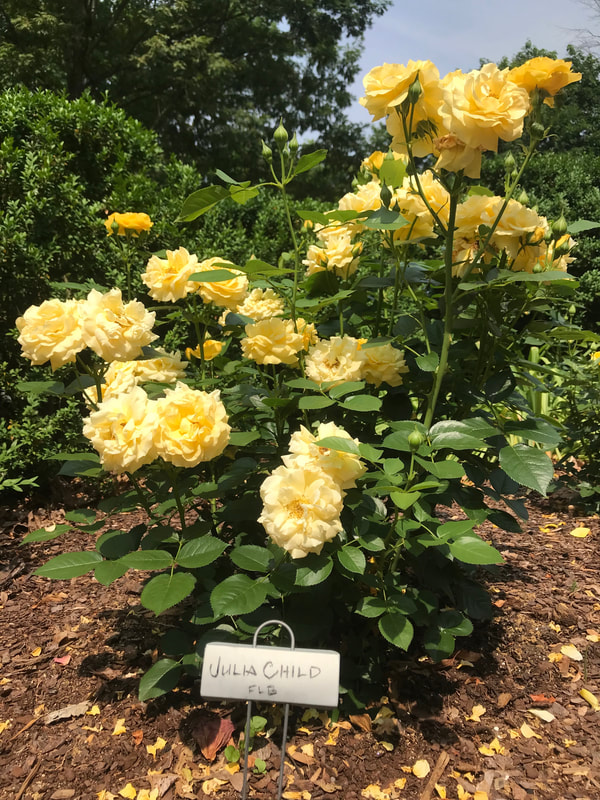
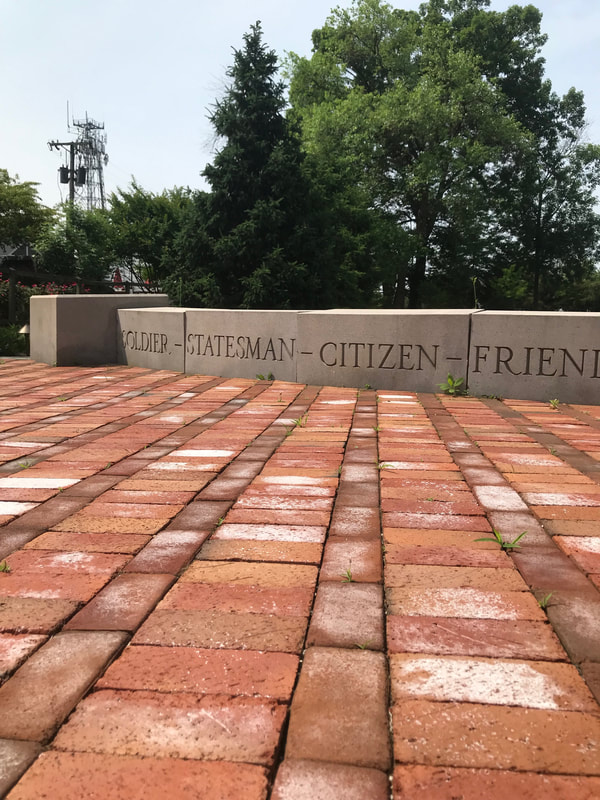
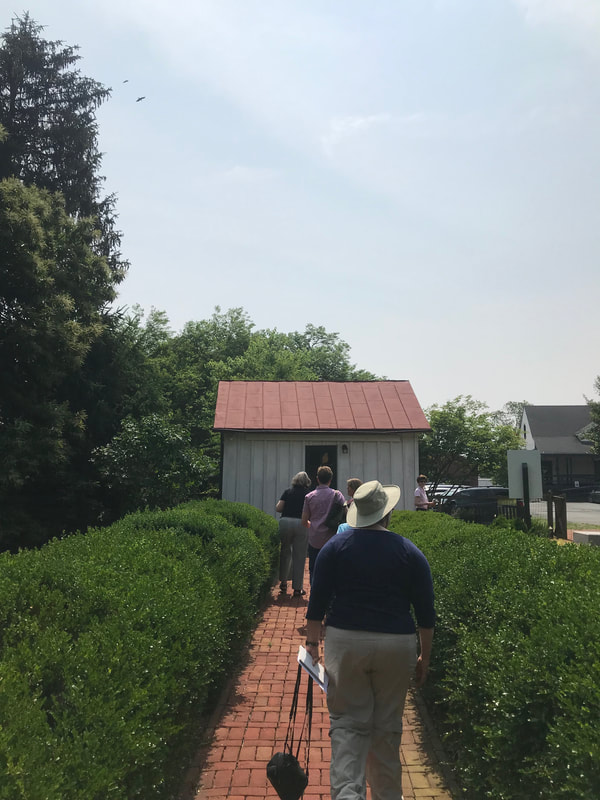
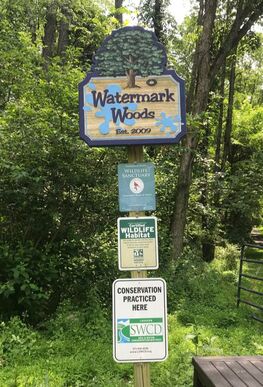
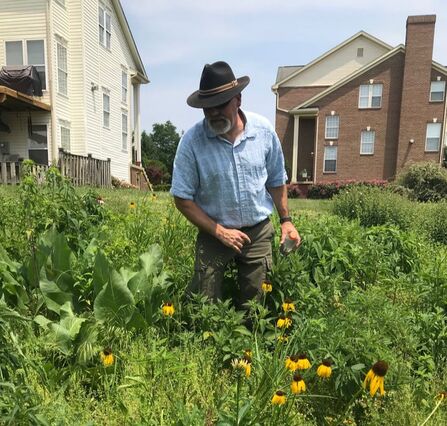
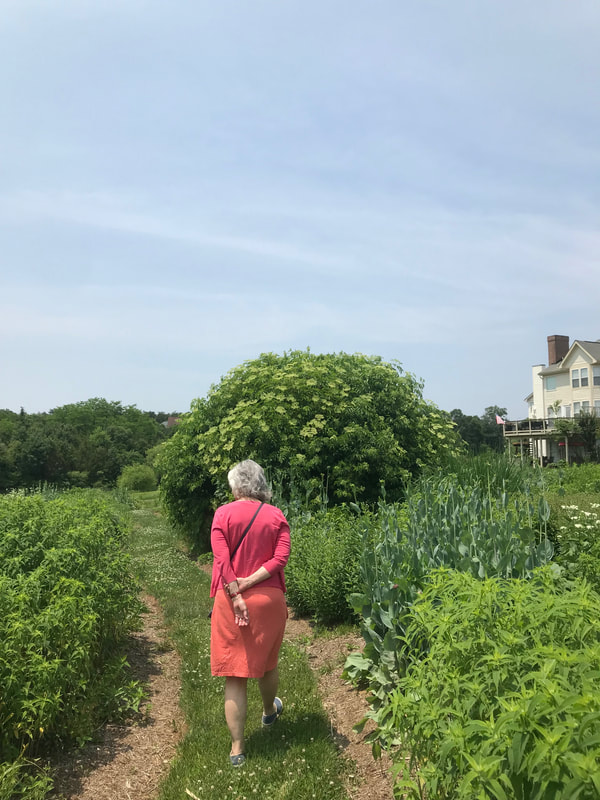
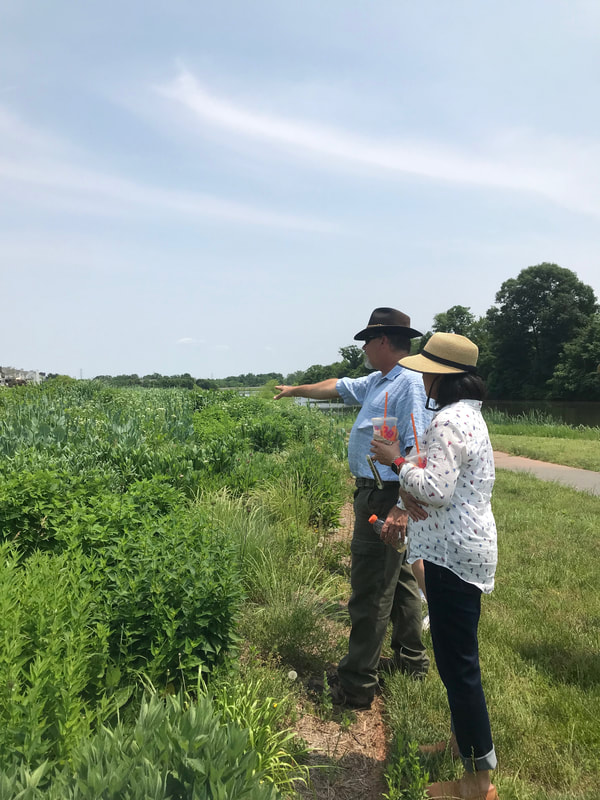
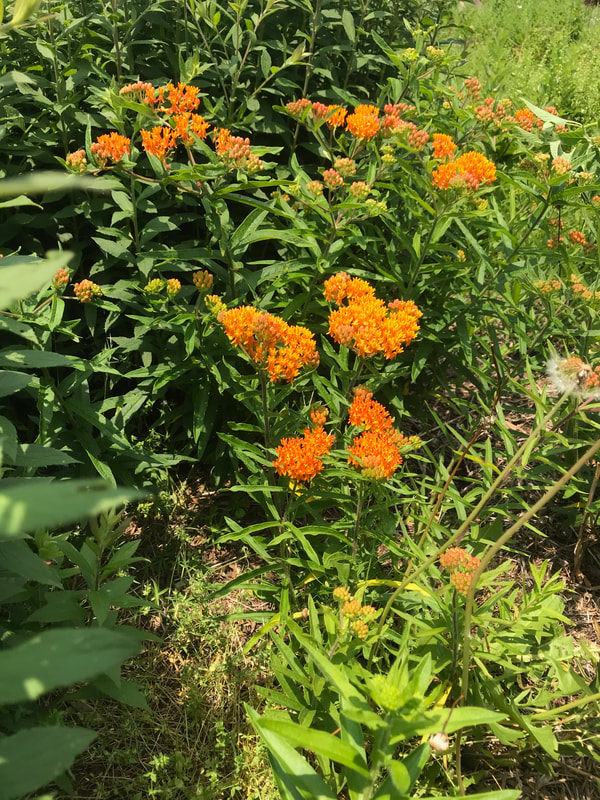
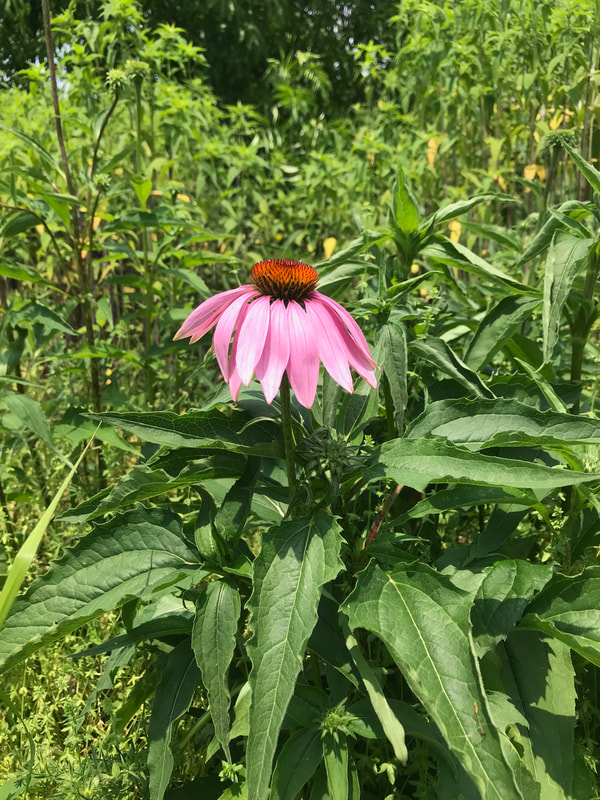
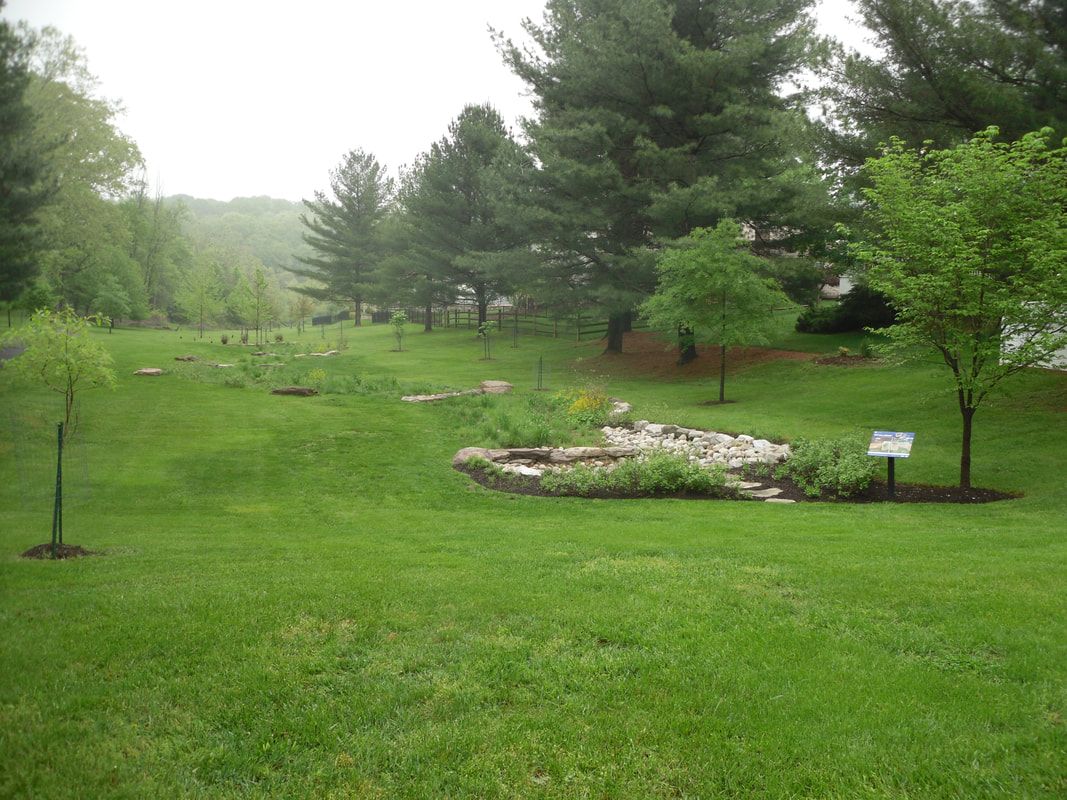
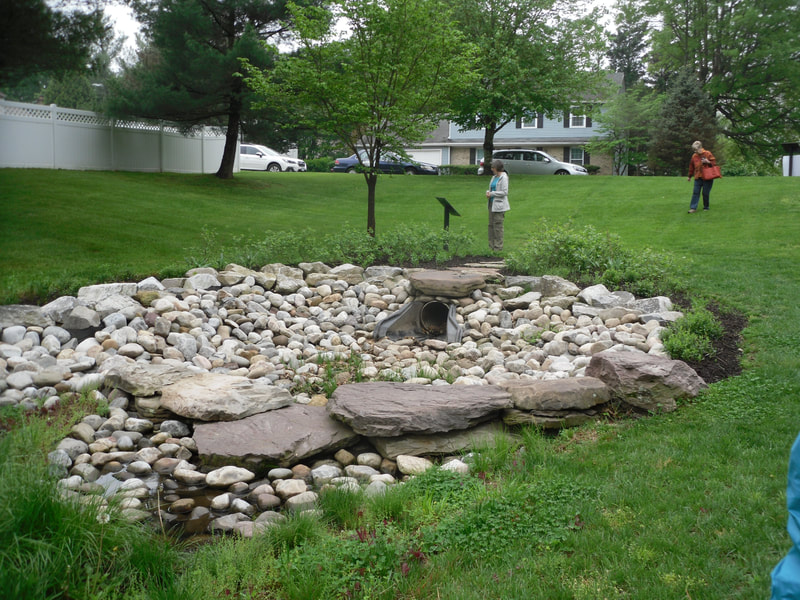
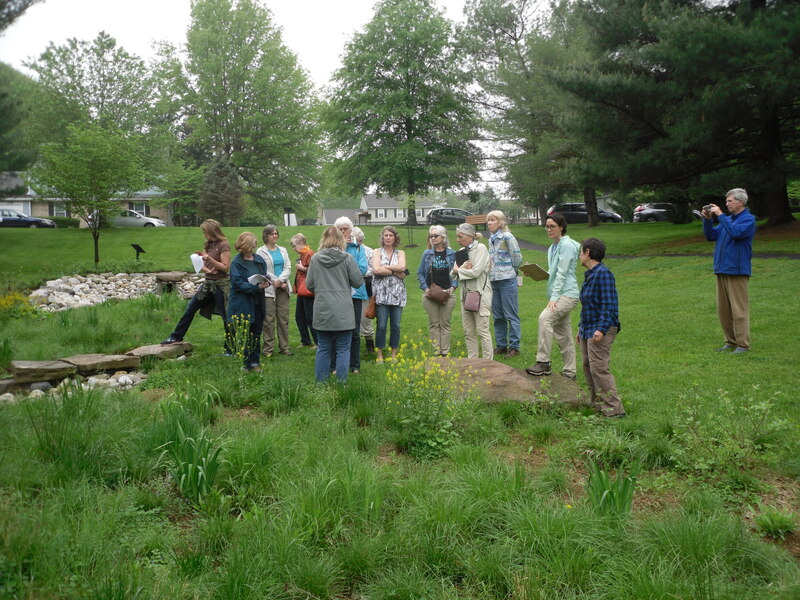
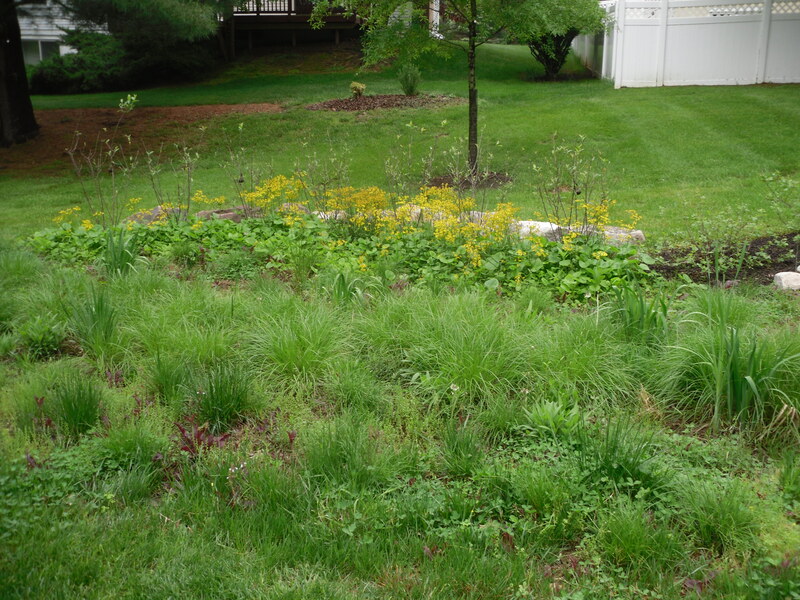
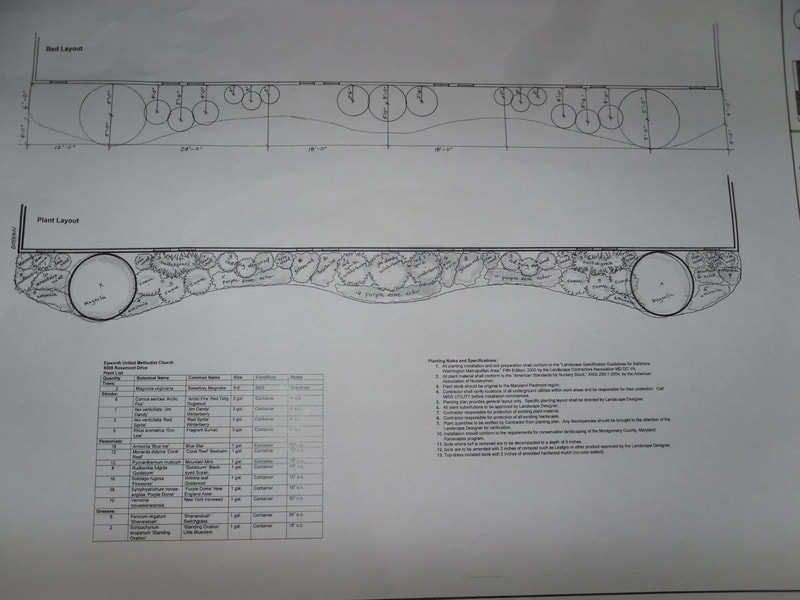
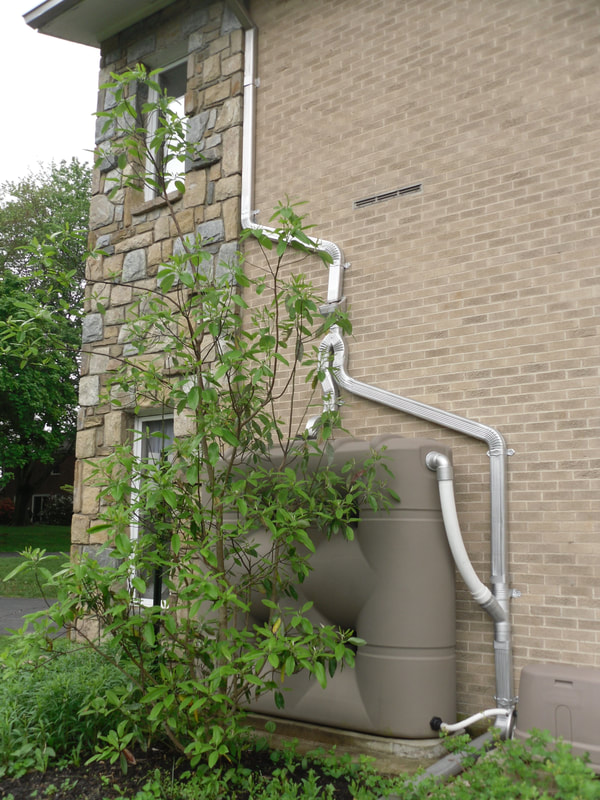
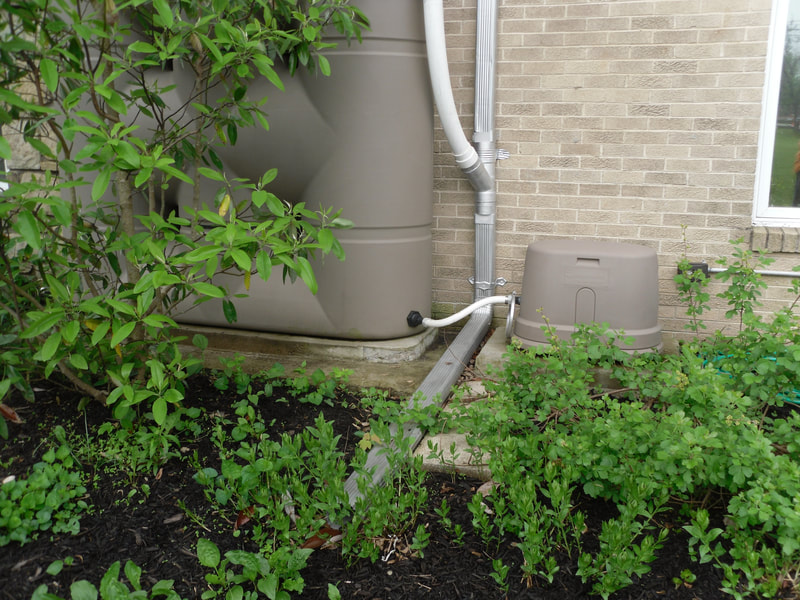
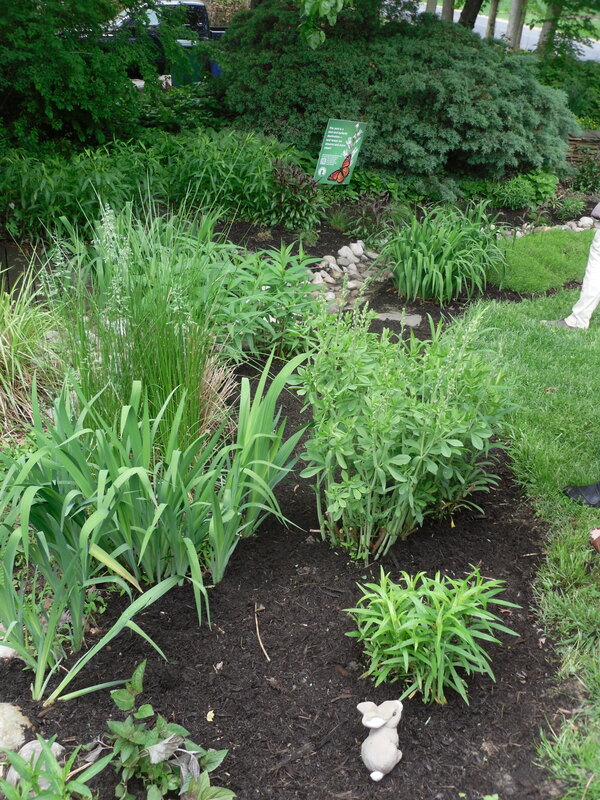
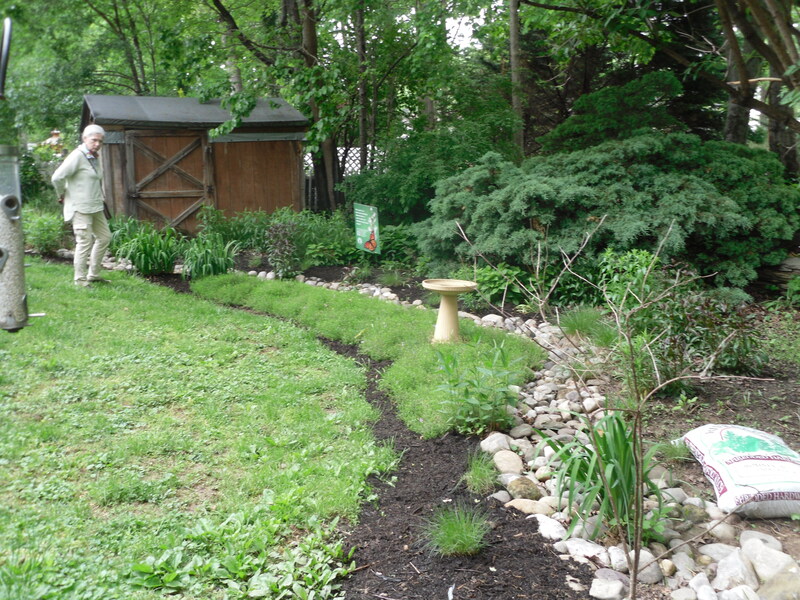
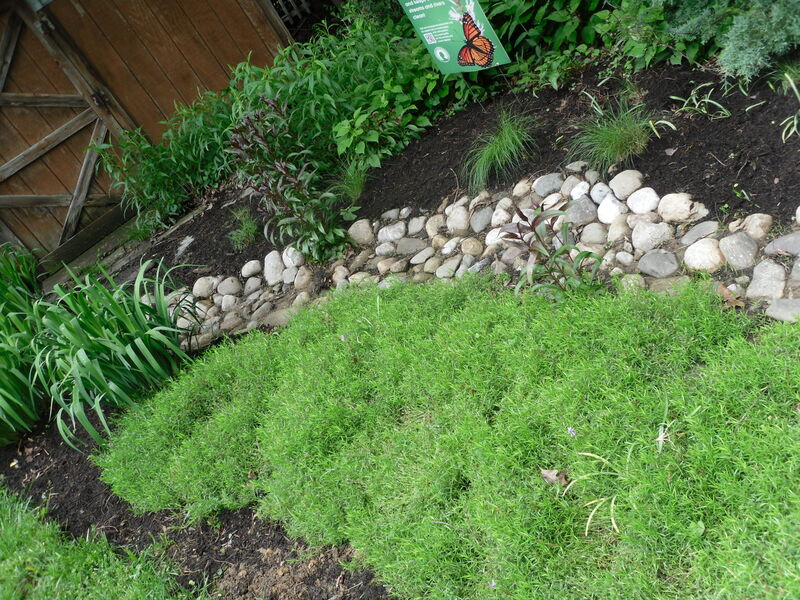
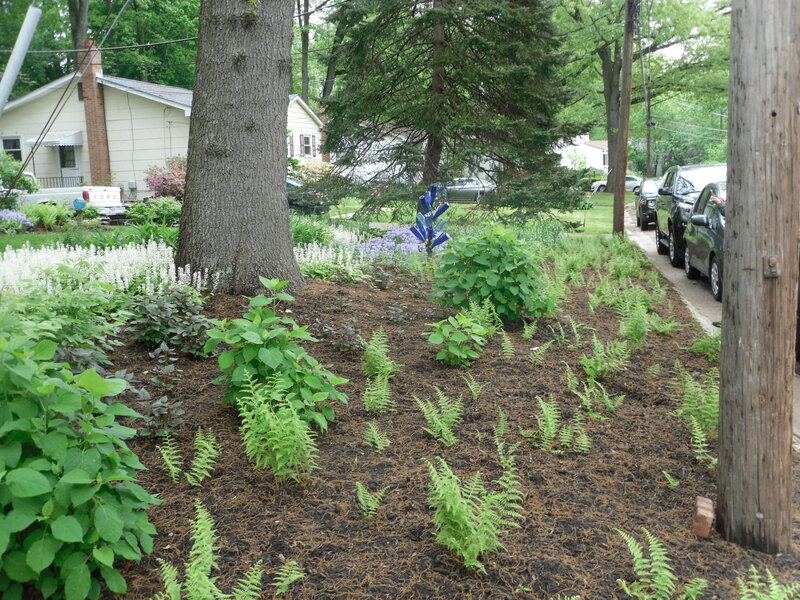
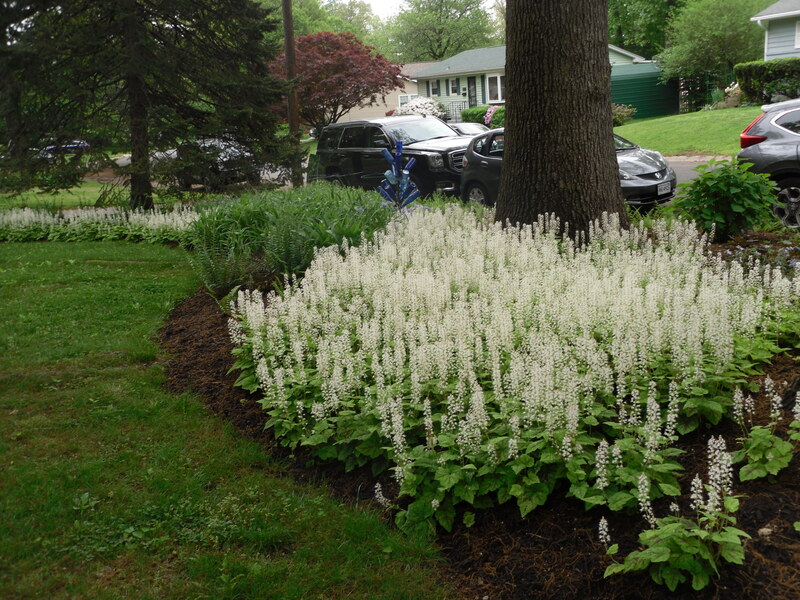
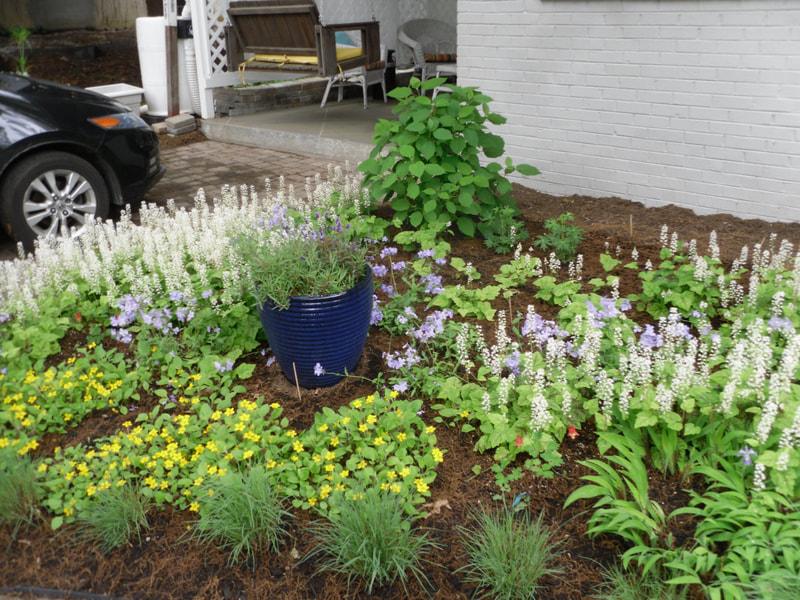
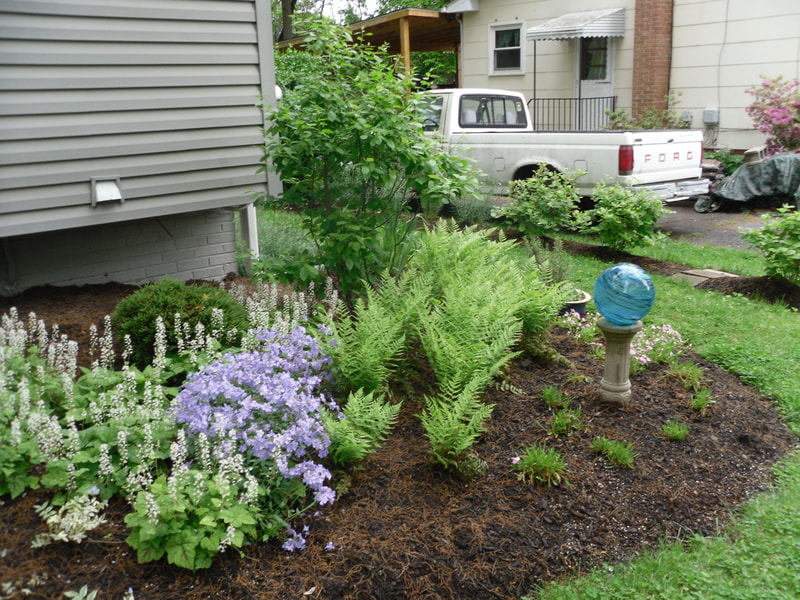
 RSS Feed
RSS Feed
